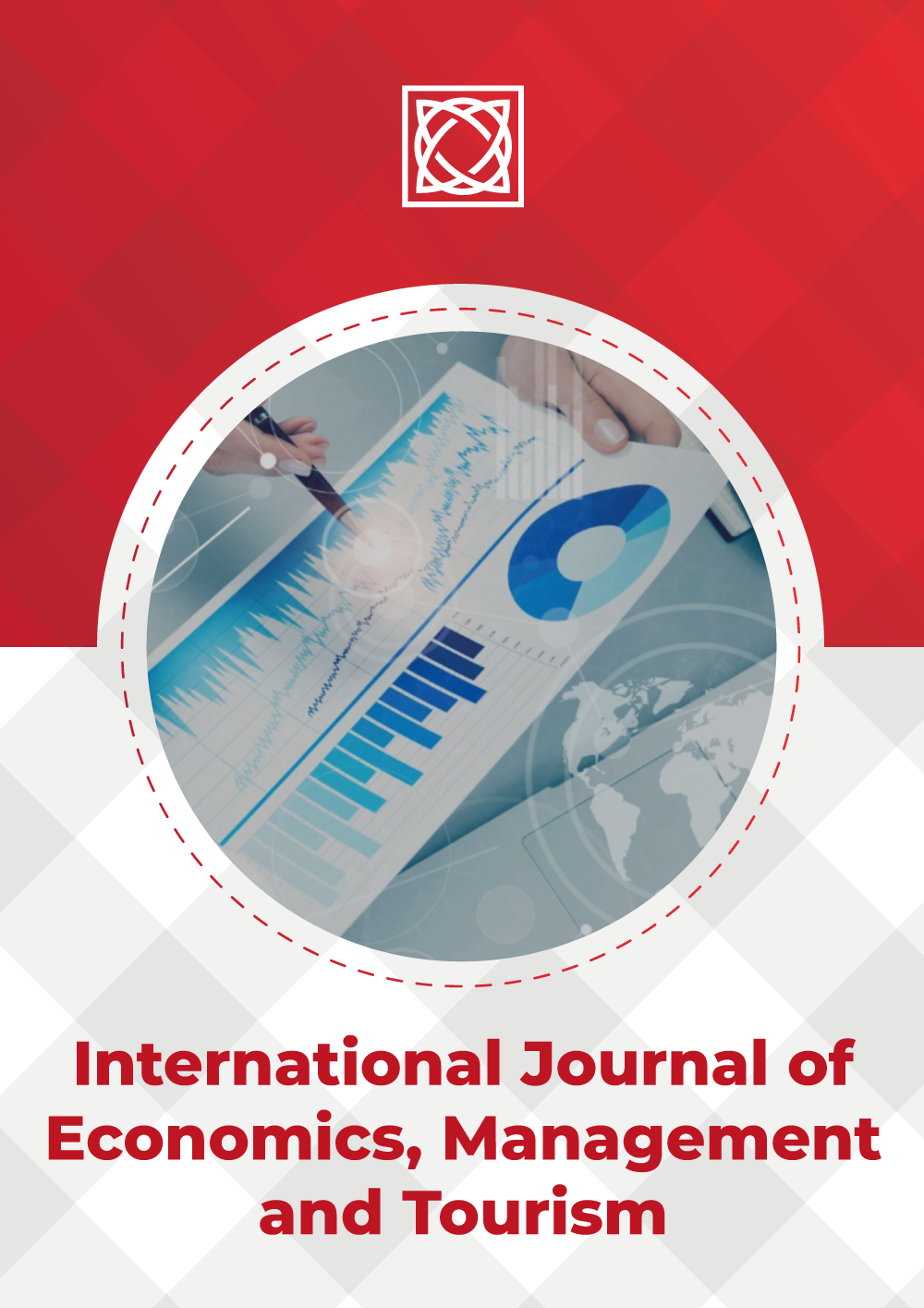ENTREPRENEURSHIP WITH FINANCIAL AND UNEMPLOYMENT FRICTIONS
DOI:
https://doi.org/10.46763/IJEMT233106jKeywords:
financial frictions, employment frictions, entrepreneurship, business cyclesAbstract
Financial frictions for capital and unemployment frictions for labor is said to be main drivers of the business cycle dynamics.Large literature in general equilibrium models of entrepreneurship exists whereby financial frictions play major role in the underlying incentives and motives to trade. In these models entrepreneur wealth shock has different effect on the baseline (frictionless) economy and the economy with financial and unemployment frictions.Entrepreneurs are iintroduced in the models and they posses different abilities (measured by low,medium,high productivity) which in turn affects aggregate savings and aggregate wealth of the economies.In these models financial frictions are introduced following assumption that working capital loans are frictionless. Each entrepreneur faces probability of exit from economy (bankruptcy probability) which is identical for all entrepreneurs in the economy. In the endogenous entrepreneurship and financial frictions model it is shown that occupation choice is different for worker or entrepreneur based on productivity: low (worker) or high (entrepreneur) which in turn affects the aggregate wealth of the economy. Also, in this model it is shown that interest rate in the economy is determined by the intersection of total wealth with public and private capital.

